If you own or manage a building that still uses keys, you’re at a security risk. Keyless entry is a much more effective security solution, leaving your people and property much more secure. When it comes to keyless entry, you can opt for keycards or codes that employees use to gain entry. In either case, only these specific keycards or codes will open the doors that are protected. We’ve compiled the top ten reasons why switching to keyless entry will leave your building more safe and secure.
1. Traditional Keys Leave You Vulnerable
Keys are easy to duplicate and locks are easy to pick, leaving your building vulnerable to break ins, theft, property damage, and other issues. Additionally, if a key is lost or stolen, your building is at risk until you get your locks changed, which can be costly and time-consuming. Opting for keyless entry can eliminate these issues and maximize the protection for your building.
2. Access Control
One of the best parts about keyless entry is the ability to turn off a key card’s or code’s access immediately. If an employee is terminated or unexpectedly quits, you won’t have to wait for him to return a key, you can simply turn off his access. You can rest easy knowing that terminated employees will not have access to your building regardless of whether they remember to return their keys or not.
3. One Key Per Person
Often times, different parts of the building need to be accessed by different individuals. Certain employees might be granted full access, while others might only have access to one section of the building. With an access control system, every employee, regardless of her security clearance, will need only a single key card or code. You can customize each employee’s key card or code to grant access to only the parts of the building you want her to have access to. Therefore, every employee will have one key that lets her into all appropriate sections of the building.
4. Tracking Entries
With an access control system, you will get a log of who is entering the building when and from what entrance. This information is a good way to keep track of employees to have a good idea of when most people are gone and security should be heightened. If there is ever a security breach, these logs will be instrumental in conducting an investigation.
5. Losing Your Keys Simplified
If an employee loses her key, it’s no problem. You can quickly shut off access to her old key card and issue her a new one. If you opt for key codes, then there is no opportunity to lose the code. In either case, you won’t have to worry about changing locks or issuing new keys to everyone. Additionally, you’ll never have to worry about forgetting to lock up. In many cases, doors will lock automatically every time they are closed. Because you can access your access control system from a mobile device, it’s easy to check whether the doors are locked and lock them right from your mobile device when they’re not.
6. Cutting Costs
Issuing multiple keys to every employee can be expensive. Key cards are easily replaced and much less expensive. Key codes are easily changed with no additional equipment. If an employee loses a key, you’ll never have to worry about changing all of your locks. Changing the locks and issuing new keys to all employees can be extremely costly. You can avoid these costs with keyless entry.
7. Difficult to Duplicate
If your security system is entirely dependent on traditional keys, you can be very susceptible to theft. Traditional keys are very easy to duplicate. Often, someone can take a key down to the nearest hardware store to duplicate a key. Many people have the ability to duplicate keys at home as well. Key cards, on the other hand, cannot be duplicated without extremely sophisticated equipment. Therefore, using key cards instead of traditional keys will help keep your building more secure.
8. Attached to Employee IDs
If your business already requires employees to carry or wear identification, keyless entry can seamlessly integrate with these IDs. You have the ability to make these ID cards your keycards, so that employees do not have something new to carry. If your employees are already required to wear ID, they will not have anything additional to remember and you can be sure that they always have their keycard on them. Integrating keycards with employee IDs will minimize changes for your employees while keeping your property protected.
9. Integration With Security Equipment
Your keyless entry can be easily integrated with existing security measures and surveillance equipment. The doors can include alarms that go off if the door is opened at a time or by a person that it shouldn’t be. You can also set your doors to turn off security alarms when the door is opened by valid personnel. Your cameras can be set up to closely follow movement of anyone entering the building after hours. Integrated keyless entry with your existing security measures will greatly improve the overall security of your building.
10. Simple Installation
One of the best parts about keyless entry is the fact that it does not require significant additional equipment. A simple attachment is added to your existing door. This attachment is what will be swiped or tapped by the key card, or will include numbers that employees will punch in for their codes. The technology of the system operates remotely and therefore does not require additional equipment. It can operate on your existing devices. Keyless entry will not add new equipment to your building and will be simple to install.
United Security Incorporated | Access Control Systems
At USI Integrated Solutions, we bring together a highly experienced team, keen strategic planning and in-depth understanding of the leading technologies in the field. For 27 years we have brought peace of mind to our clients through the careful application of investigative talent and technology implementation.
New Member: United Security, Inc.
Contact:
 John Libby
John LibbyRegional Manager
United Security, Inc.
950 South Pine Island Road-Suite A 150
Plantation, FL 33324
Mobile: (407)-675-7960
JLibby@usisecurity.com
Tags:
Security and Safety Articles



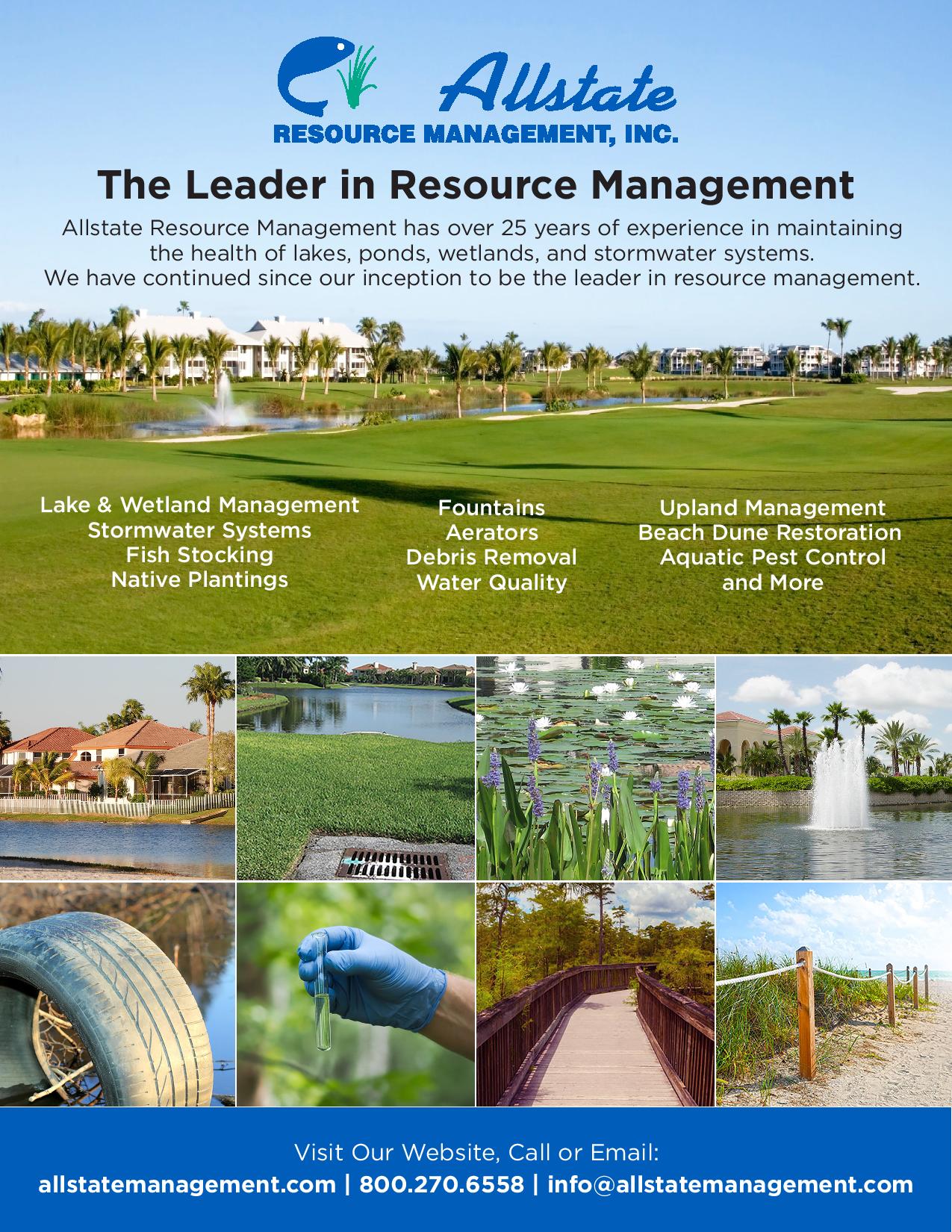
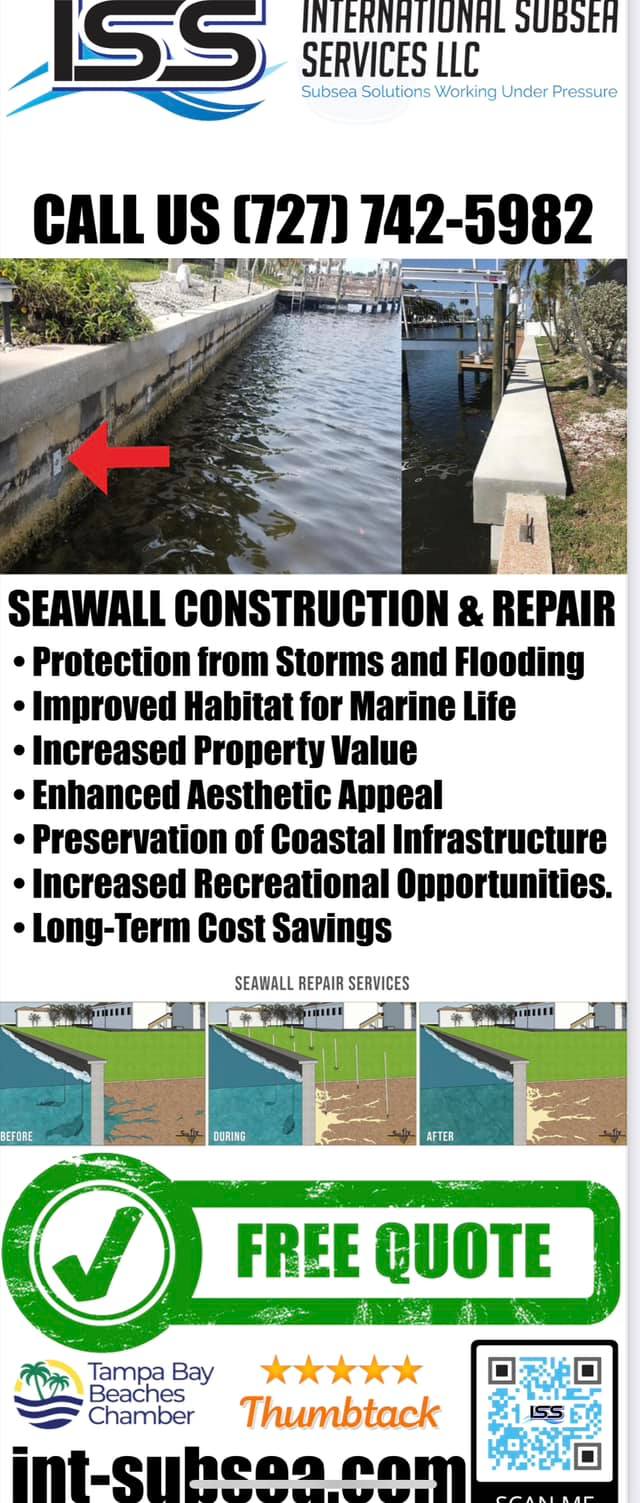

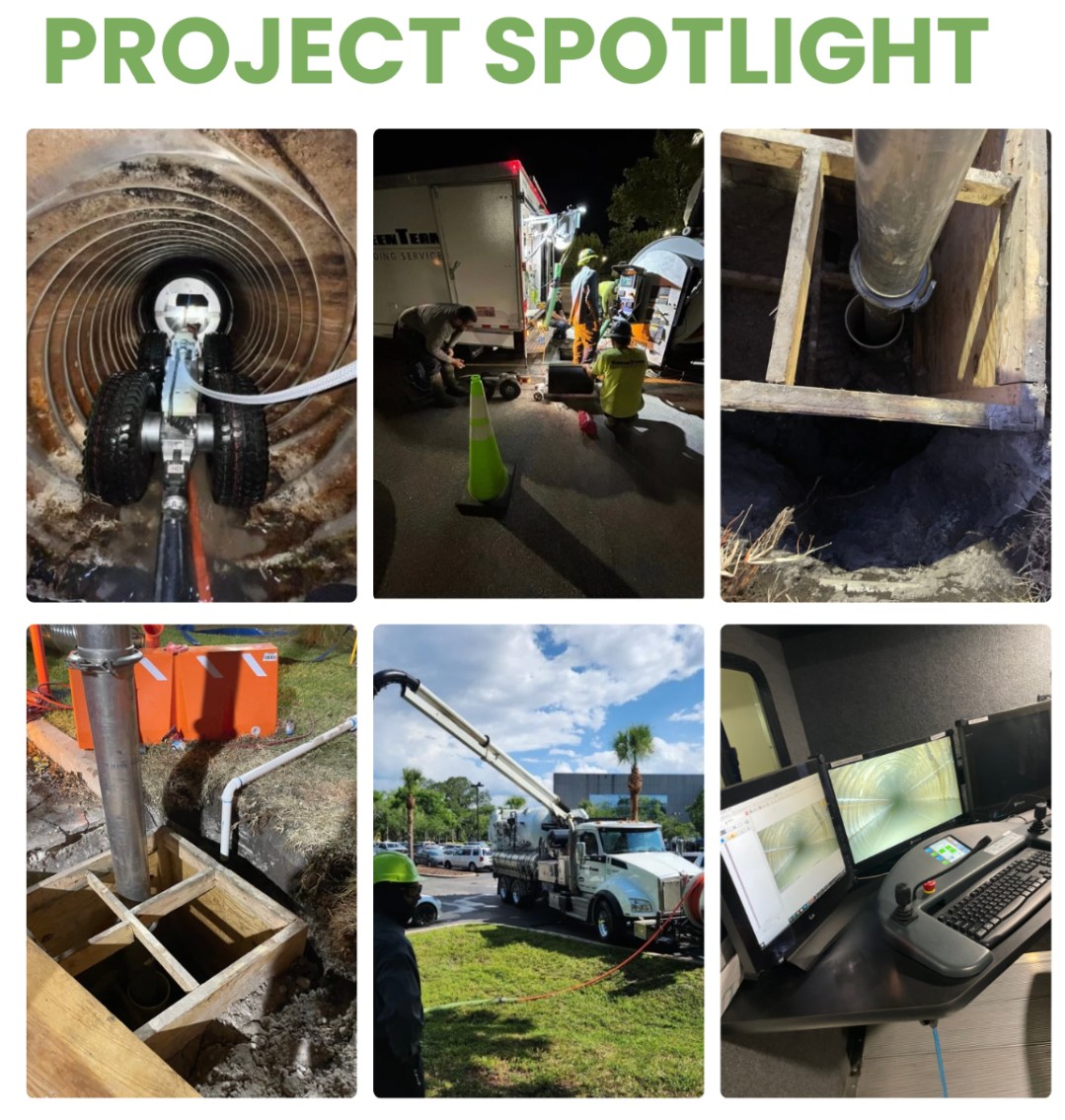




 According to the National Oceanic and Atmospheric Administration (NOAA), approximately 40% of the American population lives within coastal areas, despite the fact that they only make up 10% of the country’s total landmass. As anyone who lives on the coast can tell you, populations have continued to increase in recent years. It is unsurprising then that a large concern of many homeowners in these areas is the threat of hurricanes and the associated damage.
According to the National Oceanic and Atmospheric Administration (NOAA), approximately 40% of the American population lives within coastal areas, despite the fact that they only make up 10% of the country’s total landmass. As anyone who lives on the coast can tell you, populations have continued to increase in recent years. It is unsurprising then that a large concern of many homeowners in these areas is the threat of hurricanes and the associated damage.



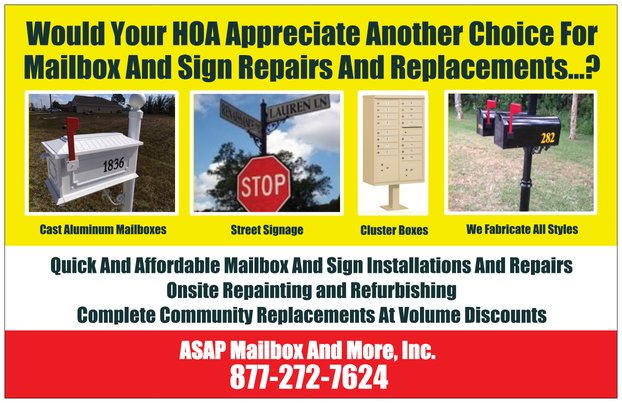

 ASAP Mailbox And More, Inc.’s
ASAP Mailbox And More, Inc.’s


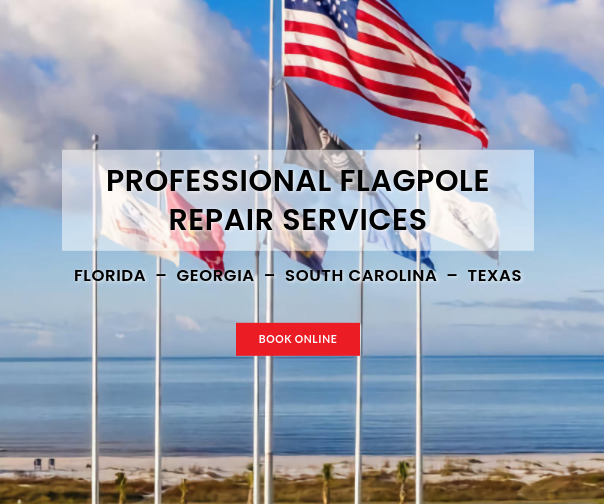
 U.S. FLAGPOLE INC IS A FULL SERVICE FLAGPOLE REPAIR COMPANY
U.S. FLAGPOLE INC IS A FULL SERVICE FLAGPOLE REPAIR COMPANY




